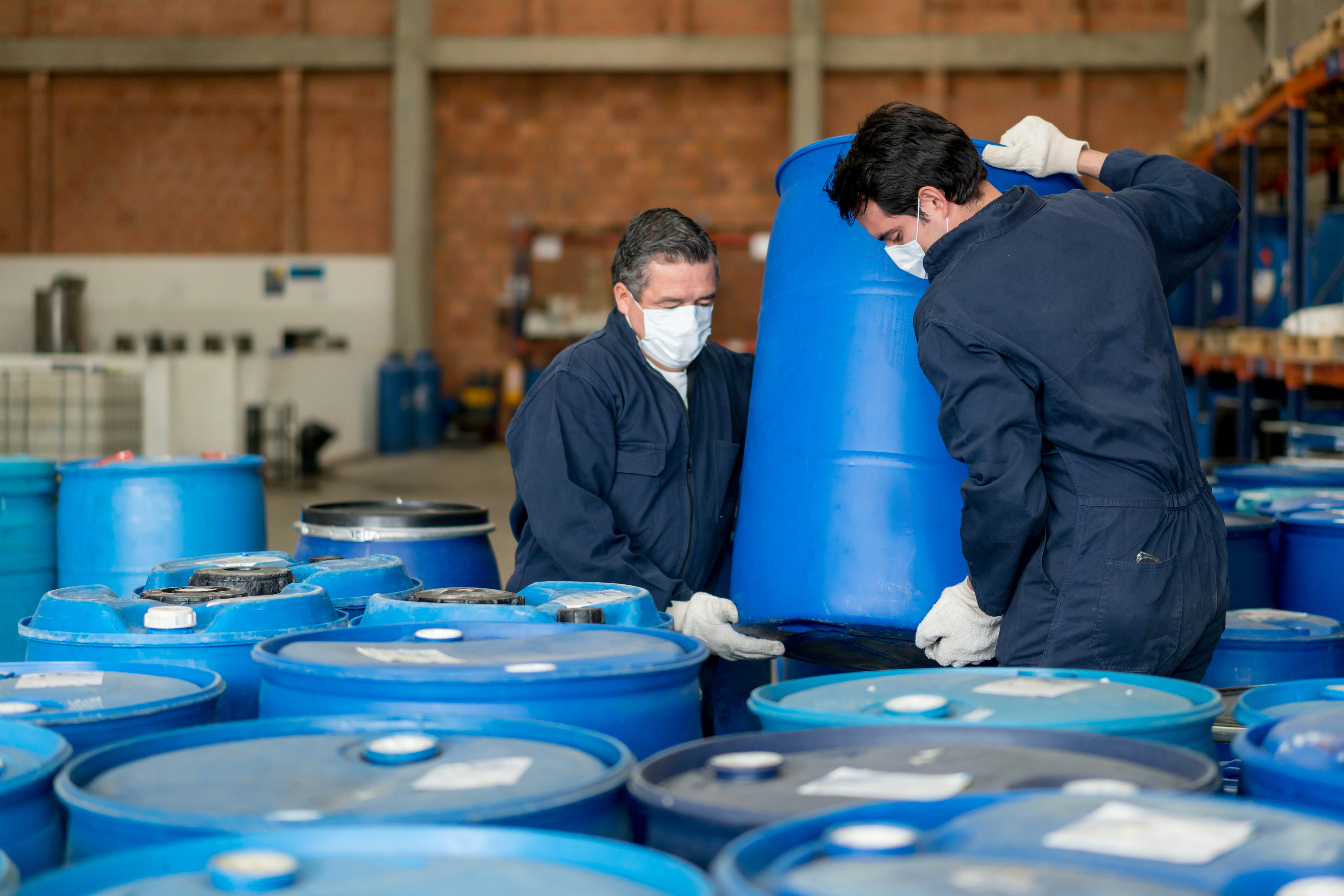This Labor Day, the annual state report released by UConn Health experts shows occupational illnesses remain a serious and under-reported issue in Connecticut, with a rate 6 percent higher than the national average.
The latest 2016 data shows a reporting of over 7,500 occupational illnesses, with up to an estimated 25,000 cases going unreported. The newly published Occupational Disease in Connecticut, 2018 report examined the latest 1997-2016 data, based on reports of individuals filing for workers’ compensation, physician reports to the Occupational Injury and Illness Surveillance System, and the ConnOSHA/BLS survey of employers. The OSHA/BLS survey shows a rate of 17.4 cases per 10,000 workers in Connecticut, 6 percent higher than the national rate of 16.4.
The Connecticut data revealed reports of 7,675 unique occupational illnesses, comprising of 3,430 musculoskeletal cases (such as sprains, Carpal Tunnel Syndrome, and tendonitis), 2,408 infectious diseases (such as bloodborne diseases and exposures, meningitis, and Lyme Disease), 431 respiratory illnesses (such as chemical exposures, asthma, and poisonings), 313 skin disorders (such as poison ivy and chemical dermatitis), 115 cases of hearing loss, and 978 “other illnesses” (such as heart conditions, stress, and dizziness). The report focuses on chronic job-related illnesses, and does not include acute traumatic injuries.
Rates of occupational illnesses varied widely across Connecticut towns and cities. Based on workers’ compensation reports from towns with at least 25 cases, the 10 highest rates were found in Farmington (126 cases per 10,000 workers), Hartford (89), Cromwell (89), Groton (85), Westbrook (84), Windsor Locks (73), East Windsor (63), Cheshire (61), Stratford (60), and Middletown (58). The town average across the state was 33 cases per 10,000 workers.
These higher town rates often reflect the locations of large employers in higher hazard industries, and may also reflect better reporting of cases, since cases of occupational illness are often not reported.
Based on workers’ compensation reports, the highest rates of occupational illnesses were found in the industries of beverage and tobacco product manufacturing (170 cases per 10,000 workers), computer and electronic product manufacturing (131), primary metal manufacturing (112), state government (103), local government (81), transportation equipment manufacturing (59), electrical equipment manufacturing (57), miscellaneous retail stores (51), fabricated metal product manufacturing (49), and hospitals (46).
Each year the report is prepared for the Connecticut Workers’ Compensation Commission by occupational and environmental health expert Tim Morse, professor emeritus at UConn Health. The report is part of the Occupational Injury and Illness Surveillance System, a cooperative effort of the Connecticut Workers’ Compensation Commission, the Connecticut Department of Public Health, and the Connecticut Labor Department. The system is designed to track occurrences of work-related disease, with an eye to understanding patterns and developing approaches to prevent occupational illness.
“The Workers’ Compensation Commission is committed to prevention, as well as handling compensation for occupational illnesses,” says Stephen Morelli, chairman of the Connecticut Workers’ Compensation Commission. “Commissioners see the profound effects of occupational illnesses on workers, families, and companies on a daily basis. The Commission tries to reduce those effects by providing prevention services through encouraging active company health and safety committees, and information on prevention.”
UConn Health’s Morse, the study’s author, says there are effective and cost-effective ways to prevent occupational illnesses. “We must take stronger actions to improve the employee work safety experience and environment, with improvements in ergonomics, safe needle devices in health care, reducing mold and increasing fresh air flow in indoor environments, providing education on toxic chemicals, and increasing the recognition of such hazards as poison ivy,” he says.
Morse and UConn Health researchers analyze survey responses and occupational illness reports from the State Labor Department/Bureau of Labor Statistics (BLS) survey; the first reports of injury to the Connecticut Workers Compensation Commission; and health provider reports to the Connecticut Departments of Labor and Public Health under the Occupational Illnesses and Injury Surveillance System.
The published Occupational Disease in Connecticut, 2018 report is available here, or from the Workers’ Compensation Commission at 860-493-1500, or via email: tmorse@uchc.edu.



